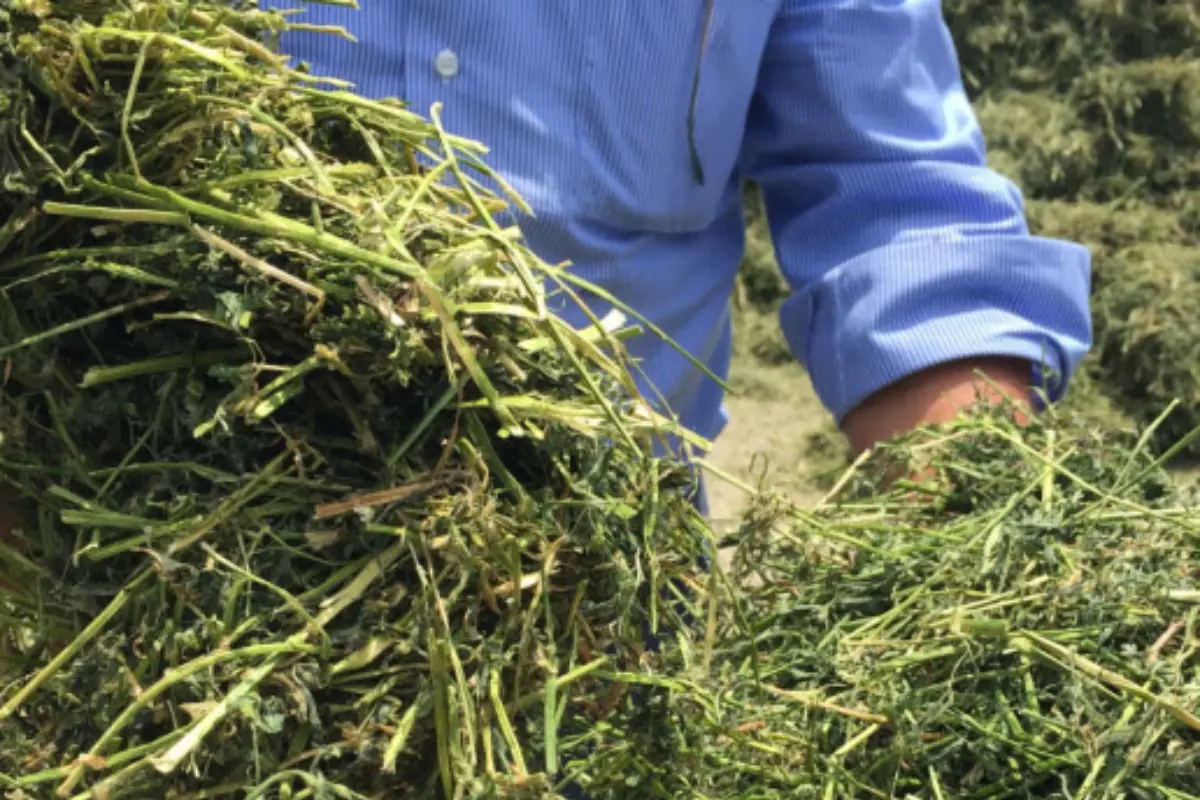
Aife/Italian Feed Chain: Opportunities Come from the East
From May 19th to 21st, some member companies will participate in the China Animal Husbandry Expo

Aife/Filiera Italiana Foraggi's 2025 is full of international initiatives aimed at promoting Italian dried and dehydrated fodder on Asian markets, thanks above all to the European project that the Association has been carrying out for over a year with its Spanish counterpart Aefa, a project that will end at the end of 2026 and which has been financed for 80% of its value (1 million euros) by the EU (read EFA News).
From 19 to 21 May 2025, some companies associated with Aife/Filiera Italiana Foraggi will participate in China at the China Animal Husbandry Expo that will be held in the city of Qindao, a further stage of a journey that began last year with the presence at two agricultural exhibitions that took place respectively in Indonesia and Japan, a country from which a delegation of experts will arrive in the coming months to visit some associated processing plants. Furthermore, next November, on behalf of the European Consortium of Forage Dehydration Companies (Cide), France will host the World Congress of Associations that bring together companies involved in the drying and dehydration of alfalfa, in which Aife/Filiera Italiana Foraggi will obviously also participate, as it is part of the group of organizers of the event.
In the meantime, the list of agricultural and processing companies that have adopted the exclusive supply chain framework contract for Aife/Filiera Italiana Foraggi members only, approved last December by the Ministry of Agriculture after a bureaucratic process lasting several years, which effectively establishes a real integration of the supply chain, is growing.
"The framework contract", explains the president of Aife/Filiera Italiana Foraggi Gian Luca Bagnara , "has the purpose of clearly and unequivocally defining the co-participation in the management of the alfalfa production cycle: both the farmer and the dehydrator, with their own means or by using third parties, divide up the different phases of the production cycle and consequently share the business risk with the advantage, among others, of being able to access the tax relief for mineral oils used in agricultural activities during their respective periods of activity as provided for by the inter-ministerial decree no. 454 of 14 December 2001. This is undoubtedly an innovative document for the sector whose purpose is a concrete integration of the supply chain, an indispensable tool today for competing on international markets".
All agricultural markets are at the center of the ongoing geopolitical turbulence, including that of alfalfa, although it must be said that at a national level the important demand for forage is causing less concern and at the moment it seems that the sector is feeling the effects less than others. "At a European level, the heavy rainfall that has hit France in recent months, but also Spain and Germany is generating a fair amount of uncertainty in terms of production for the current year", says Riccardo Severi , director of Aife/Filiera Italiana Foraggi. "As far as Italy is concerned, the market is currently responding well. The prices for dehydrated alfalfa currently stored and registered on the reference commodity exchanges such as Bologna fluctuate around an average of around 300 euros/ton, while for field alfalfa the range can vary between 150 and 250 euros/ton. This is a trend that has not undergone strong fluctuations over the months and which, for the dehydrated product, confirms the importance of technological innovation linked to the dehydration process, a strategic aspect at the base of the integrated supply chain".
What are the prospects for sowing alfalfa at this point? “The intention and the need are to maintain production stability,” concludes Severi , “even if the unknown linked to the rains of this period in the suitable areas is putting sowing at risk, combined with the uncertainty linked to the quantities of production because the floods of the last two years have made the land less fertile: a very important element to take into great consideration. The positive data is however also linked to the sales trend of seed companies that can show positive numbers. The rains of these last weeks and the temperatures will not allow the first cut to be carried out in the first ten days of April. The arrival of the new campaign will be 10-15 days later than in previous years.”
EFA News - European Food Agency